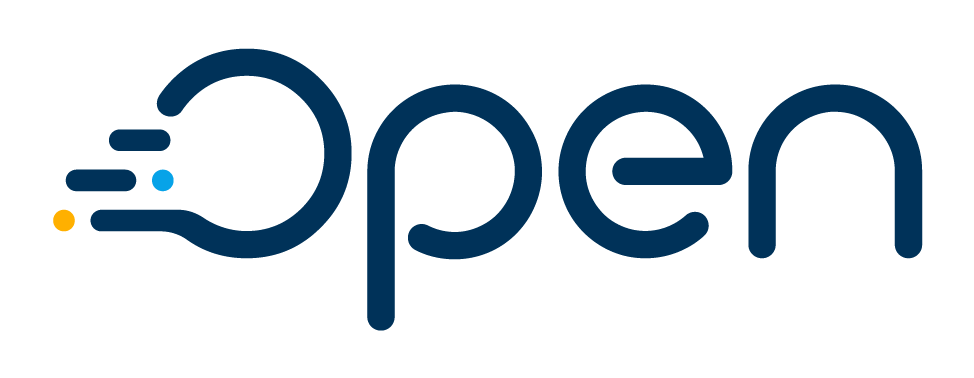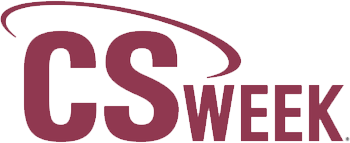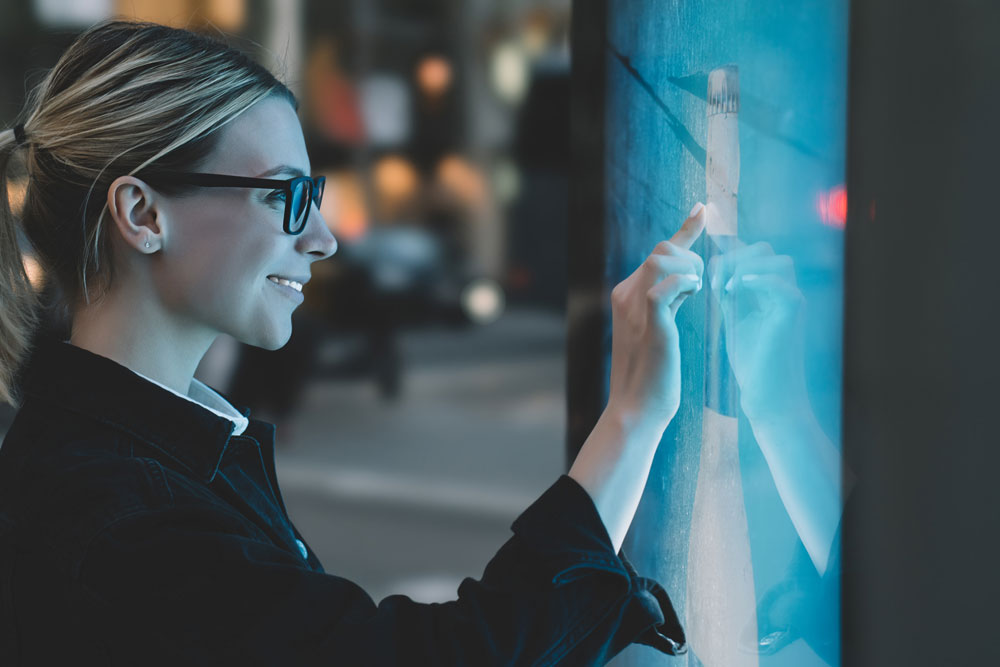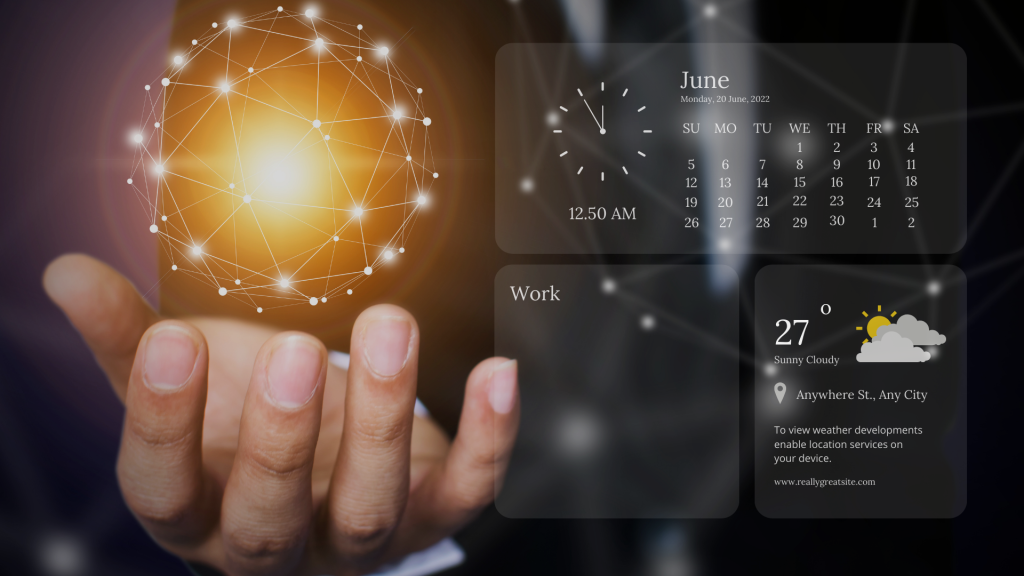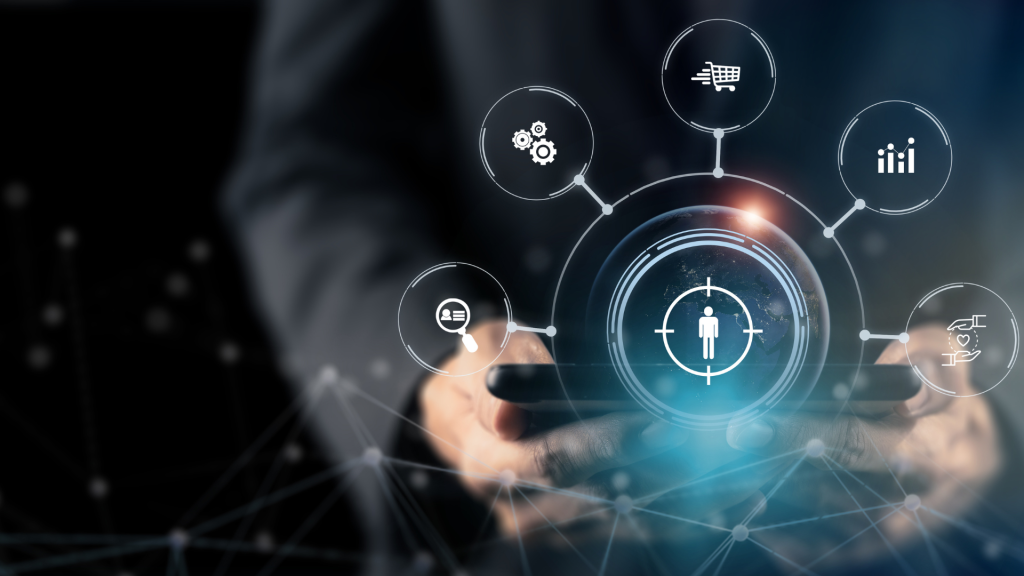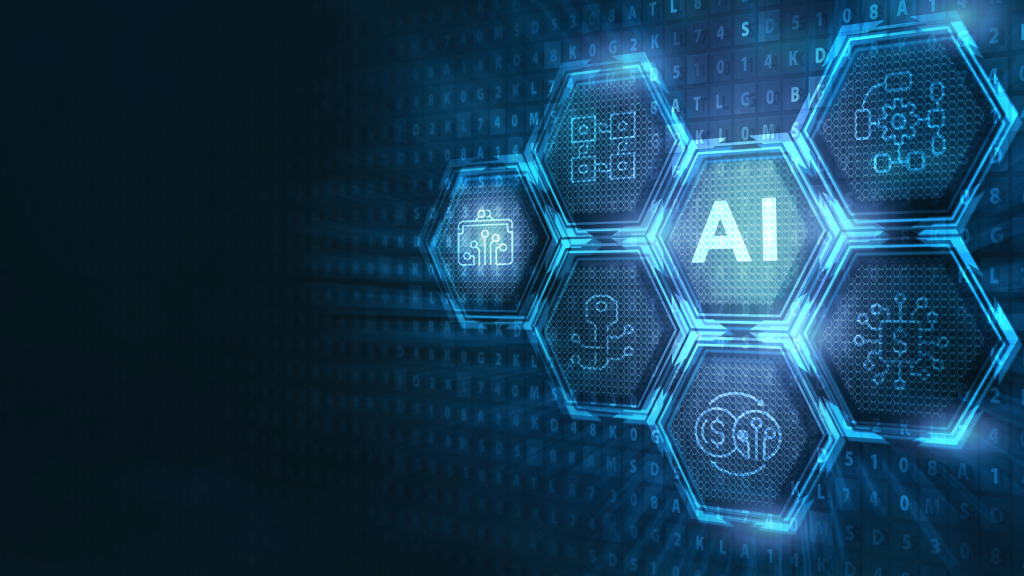Following the rapid uptake of smart meters and smart appliances, there is now a wealth of data about residential water usage which, if handled correctly, can provide significant benefits to utilities and consumers alike. Utilities are already using web portals and mobile applications to provide consumption information and simplify billing processes, but this is just the tip of the iceberg. Effective digital engagement is a powerful resource capable of providing real operational benefits which is why water utilities across the globe are exploring how to use this technique to enhance network operation and encourage water conservation.
Water scarcity has become a pressing issue as environmental, economic, and social factors put an increasing strain on water supply. To tackle this problem, utilities must leverage customer relationships and the latest technology to encourage water conservation on their networks. But how do you get water consumers interested in saving water and how do you keep them involved?
Research is being conducted internationally to determine how to best influence water consumers through digital engagement techniques. A large part of this research is focused on applying game-like reward structures to encourage active user participation; this increasingly popular engagement philosophy is known as gamification. By setting targets, making comparisons, providing rewards, and presenting a visually engaging interface, utilities can get consumers more involved in conservation programs to ease the pressure on their network and the environment.
SmartH2O is an EU-funded research project which is exploring smart water practices such as the visualization and gamification of water conservation. A conference paper presented by this research group highlights the two main challenges in this area:
- How to present consumption information and convey its meaning to users (increase awareness)?
- How to enable and motivate consumers to change their consumption (induce & sustain behavior change)?
The key to solving both these challenges is to provide a more visually engaging and interactive interface which encourages consumers to focus on how their water consumption compares against personalized reference points. In the paper, three types of comparison are discussed:

Historical self-comparison
Comparing household water use to previous months is a good way to show how much improvement a household has made over time. This technique is simple to implement and is suited to practical-minded individuals with little interest in the more gamified or social strategies.
Goal comparison
A monthly water use goal is an example of gamification. By providing rewards for clearly-defined goals, users are encouraged by the fact that they have something to aim for. As noted in the SmartH2O conference paper, households respond better when they set the goals themselves, as opposed to the utility dictating their conservation targets.
Social comparison
- Peer Competition – This technique harnesses each consumer’s social circle to encourage water conservation practices through direct competition between households and their friends. By creating a shared experience in your consumers’ own social contexts, people are more likely to get involved, stay involved, invite friends, and have conversations about the water conservation program. While this type of engagement can be successful, it may take a while to get moving as it requires users to sign up, agree to share their personal information, and invite their friends.
- Neighborhood Competition – This involves comparing water consumption metrics between neighborhoods. Unlike peer competition, this technique uses data aggregated across many households, so utilities don’t need consumers to sign up before getting started. Competitive individuals will be enticed by the fact that they are part of a team and are contributing to their team’s outcome in a competitive setting whether they like it or not. A real-time scoreboard map showing consumers how their neighborhoods are performing in the game is a great way to keep it exciting. Social media could also be used to build hype for the competition.
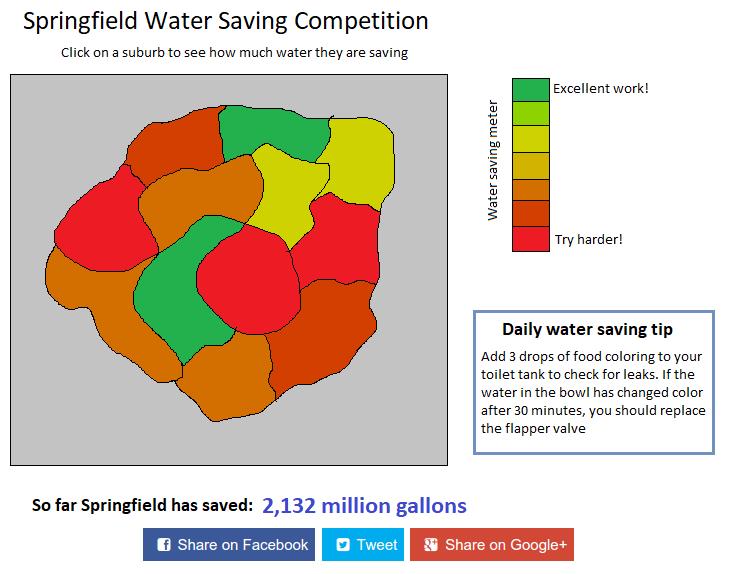
- Normative comparison – This involves providing a benchmark based on average household consumption in the area to let consumers know whether their consumption is excessive, normal, or economical. It is important to control for factors such as household size, number of occupants, and landscaped area to ensure a fair comparison. This technique lets conservative water users give themselves a pat on the back while also providing passive social pressure on excessive consumers.
According to the research conducted by the SmartH2O group, the motivating factors for one user may not have the same appeal to another. For example, some users may not be predisposed to gaming scenarios and would prefer practical information and advice. Other users may respond well to gamification but have concerns about sharing their consumption information.
To engage the most consumers, utilities must account for their different personalities. The table below shows the three main user types identified by the study:
| User type | Responds best to | Reward with |
| Pragmatist | Consumption data and conservation tips | Discounts and water-saving devices |
| Achiever, Explorer | Individual gamification (Goals and normative social comparison) | Online points/trophies |
| Competitor, Socializer | Competition and socialization | Bragging rights |
The conference paper suggests that in order to engage the most users, utilities should design web portals and mobile apps which offer different engagement strategies for different user types. A workshop in the UK confirmed that splitting out the digital platform for the three main user types is likely to improve customer acceptance.
To supplement the core engagement strategy, personalized water saving tips can be added to the platform. Disaggregation of smart meter data and integration with smart appliances can be used to estimate the water consumption of each fixture, giving consumers a better idea of where they can make water savings. Utilities can also use this information to provide practical and hyper-personalized water conservation advice.

However, it pays to note that not all consumers are interested in being bogged down with too much information. As noted by a participant in one of SmartH2O´s workshops, “I would suggest something more ‘basic’ with an option to switch to more detail/ or advanced mode for the geek ones”.
Enhanced digital engagement is quickly defining the future of the water industry. If your company is ready for Smart Water, you need a Smart CIS solution capable of harnessing the benefits of the latest technology and providing the freedom to explore innovative new ways to engage with customers.
